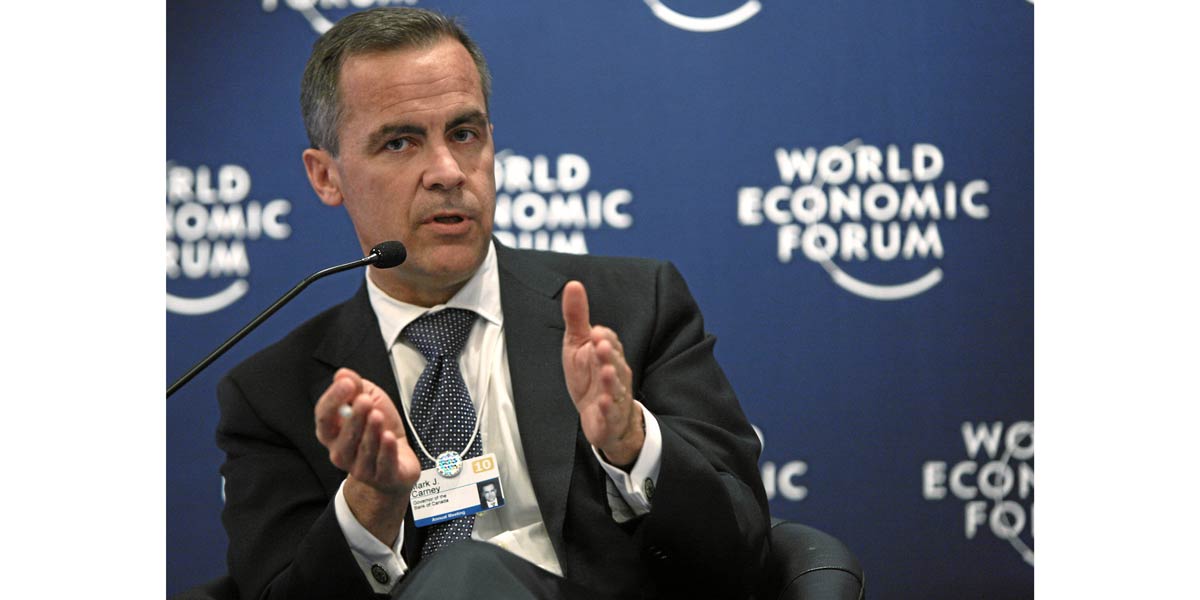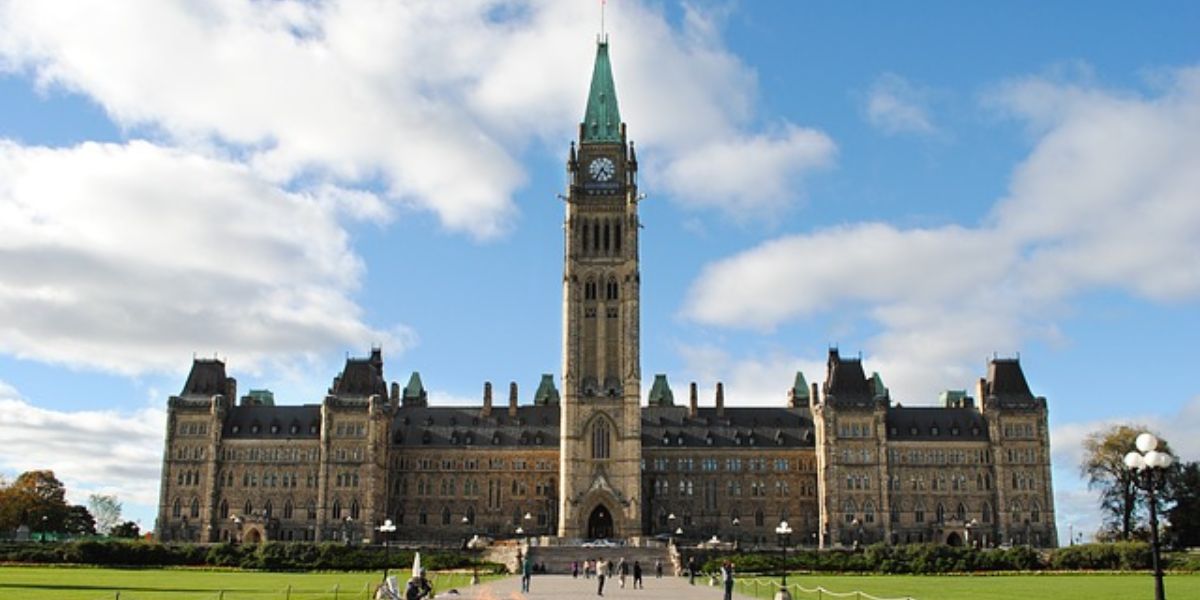The Finance Minister, Bill Morneau, presented a federal budget, on February 27, 2018, that plans a clear course for the Liberals to the 2019 election, an aspirational road map designed to ensure that no woman, scientist or national wildlife area gets left behind. The budget puts a large emphasis on gender equality, particularly with efforts to increase the participation of women in the workforce as part of a longer-term plan to grow the economy and prepare for the consequences of an aging population. The Government also tries to strengthen the middle class and make investments to support Canada’s long-term economic growth.
The budget revealed new details on the taxation of passive investment income inside private corporations. When companies earn between $50,000 and $150,000 in a given year from passive investments, a reduced amount of their active business income will be eligible for the small business tax rate, which will be 9% in 2019. Note that, the upper limit for business income that can be taxed at the small business rate is $500,000.). Companies exceeding $150,000 in passive income will no longer be eligible for the small business tax rate. Those with passive income under $50,000 will not be affected, as was mentioned in a revised proposal.
Tobacco use is the leading preventable cause of disease and premature death in Canada. The Federal Tobacco Control Strategy is a comprehensive, integrated and sustained tobacco control program aimed at reducing tobacco-related disease and death. Building on existing funding, the Government will renew and enhance the Strategy by proposing to provide $80.5 million over five years, starting in 2018-19, with $17.7 million per year ongoing. Tobacco taxation is known to be one of the most effective ways to reduce smoking, and to keep tobacco products out of the hands of young people. To that end, the Government proposes to advance the inflationary adjustments for tobacco excise duty so that they occur on an annual basis rather than every five years. The Government also proposes to increase the excise duty by an additional $1 per carton of 200 cigarettes, along with corresponding increases to the excise duty rates on other tobacco products.
To protect young people from cannabis, the Government is proposing an excise duty framework for cannabis products. Under the framework, excise duties will be imposed on federally licensed producers at the higher of a flat rate applied on the quantity of cannabis contained in a final product, or a percentage of the sale price of the product sold by a federal licensee. The excise duty framework will generally apply to cannabis products that contain Tetrahydrocannabinol (THC), the primary psychoactive compound of cannabis. Recognizing the non-addictive, potentially therapeutic role of low-THC cannabidiol oils, which are sometimes used with children facing certain medical conditions, products that contain low amounts of THC will generally not be subject to the excise duty. Pharmaceutical products derived from cannabis will also be exempt, provided that the cannabis product has a Drug Identification Number and can only be acquired through a prescription. The excise duty framework would come fully into effect when cannabis for non-medical purposes becomes accessible for retail sale.
Budget 2018 continues the Government’s plan to invest in the middle class and puts a special focus on ensuring that all Canadians have the skills and opportunities they need to participate fully and equally in our economy. Indigenous Peoples, in particular those living in remote and northern communities, face distinct barriers when it comes to accessing federal benefits such as the Canada Child Benefit (CCB). The CCB, introduced in 2016, gives low- and middle-income parents more money each month, tax-free, to help with the high costs of raising kids. The Government will provide $17.3 million over three years, starting in 2018–19, to expand outreach efforts to Indigenous communities, and to conduct pilot outreach activities for urban Indigenous communities.
In Budget 2018, the Government proposes to strengthen the Canada Workers Benefit (CWB) program by making it more generous, and making the benefit more accessible. It will take effect in 2019. The Government recognizes that not all low-income workers are receiving the Canada Workers Benefit (CWB) (previously WITB) payment that they are entitled to. This happens because some lower-income workers do not claim the benefit on their tax return. The Government is proposing amendments that will allow the Canada Revenue Agency (CRA) to automatically determine whether these tax filers are eligible for the benefit.
The Canada Pension Plan (CPP) Enhancement, which will begin to be phased in as of January 2019, means more money for Canadians when they retire, so that they can worry less about their savings and focus more on enjoying time with their families. With the action taken by Quebec to enhance the Quebec Pension Plan in a similar fashion, all Canadian workers can now look forward to a safer and more secure retirement.
Gender equality was a major theme of the 2018 federal budget, such that “every single decision on expenditure and tax measures was informed” by a gender-based analysis, according to the government. Connecting women entrepreneurs with export opportunities through women-focused international trade missions, tailored advisory services, and access to global value chains by providing $10 million over five years, starting in 2018–19, to expand the Business Women in International Trade program.
Budget 2018 puts forward a number of measures to help maintain the balance without compromising Canada’s reputation or the values of Canadians. This includes ensuring that individuals from abroad who come to work and contribute to the Canadian economy are protected from abuse.















